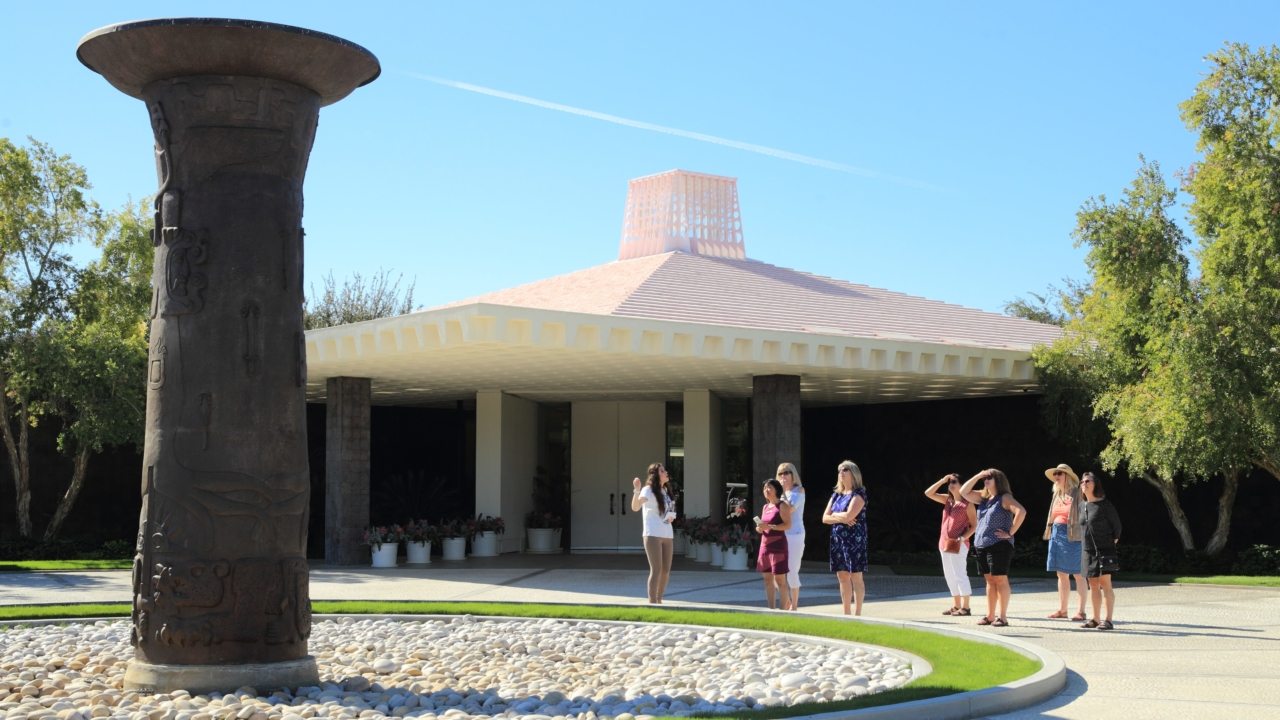Ensuring Accessibility of Gene Therapy-Based Cures for HIV and Sickle Cell Disease
On April 29–May 1, 2022, Sunnylands hosted a retreat titled Sunnylands Summit 3: Ensuring Accessibility of Gene Therapy-Based Cures for HIV and Sickle Cell Disease. Featuring more than thirty global leaders with expertise in research, clinical, policy, and commercial issues around HIV and sickle cell disease, this retreat sought to develop specific plans to address barriers to the acceleration of the delivery of potential gene therapy cures to sickle cell disease and HIV in sub-Saharan Africa.
Even as the COVID-19 pandemic garners headlines worldwide, the HIV epidemic continues to cause suffering for millions of people living in low- and middle-income countries, particularly in sub-Saharan Africa. Equally tragic is the terrible impact of sickle cell disease (SCD) in this region. The disruption of health system operations caused by COVID-19 has further affected crucial HIV and SCD services, posing great risks to those who are immunocompromised due to HIV and SCD.

Leaders in the field of HIV and sickle cell disease met to discuss potential cures at Sunnylands.
Despite these challenges, reasons for hope exist. Recent advances in gene and cell therapies are pointing the way to a cure for SCD and are being pursued vigorously for HIV as well. However, due to their cost and need for advanced infrastructure, interventions such as these are currently far less accessible than current “standard of care” therapies and require innovative thinking and advanced planning to ensure successful and scalable implementation.
At this summit, participants discussed these issues and made concrete plans—and commitments—to address the challenges and opportunities for the introduction of gene therapy cures for HIV and SCD in the coming years, including research opportunities toward a cure for HIV and sickle cell that can be readily accessible, in our lifetime, for all of those in resource-limited parts of the world where the incidence of these diseases is so high.



